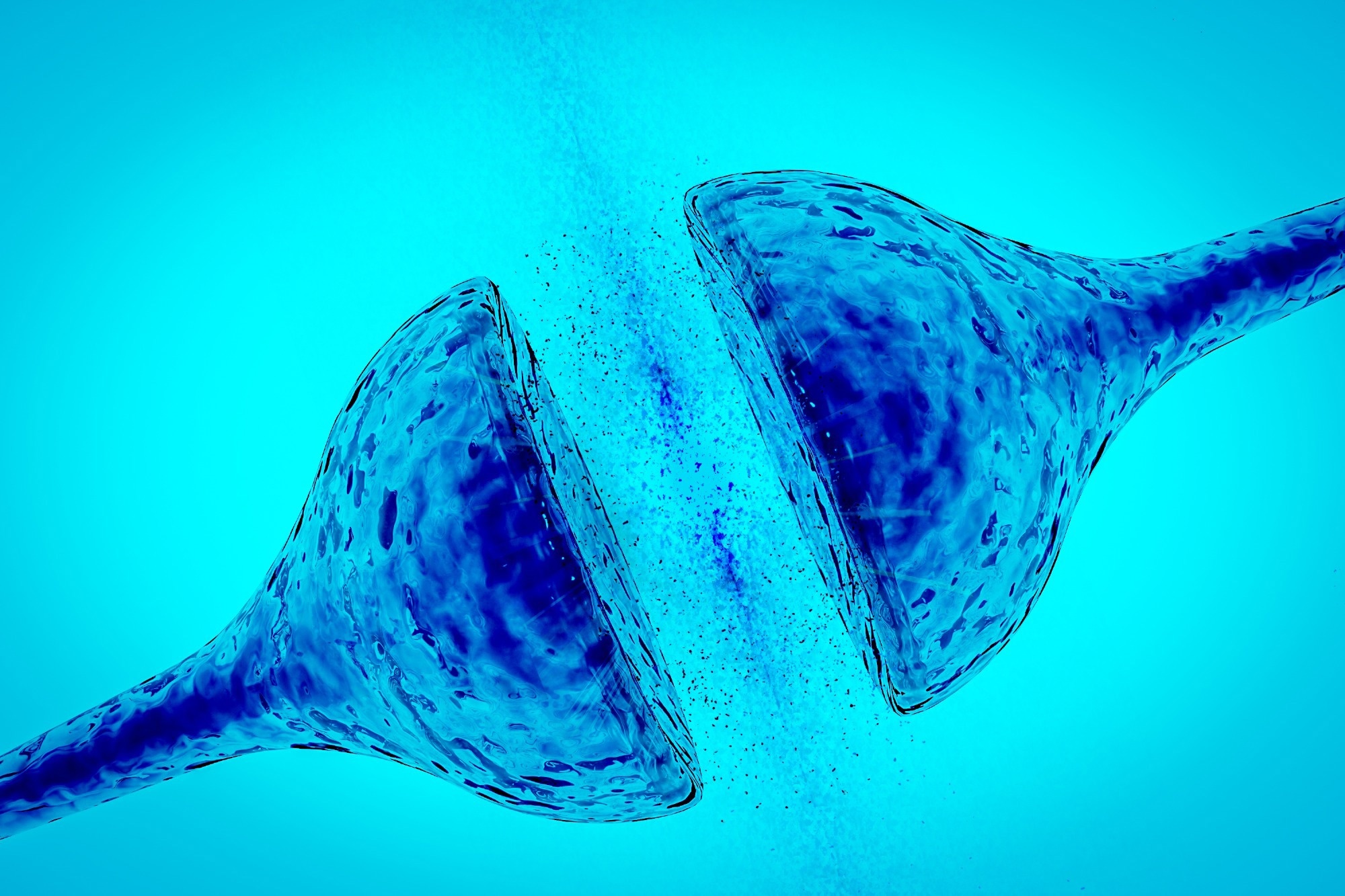Reviewed by Lauren HardakerSep 22 2025
A team of scientists from the University of Cologne’s Institute of Biochemistry has discovered a significant finding about the molecular basis of synapse development in the central nervous system.
 Image credit: CI Photos/Shuterstock.com
Image credit: CI Photos/Shuterstock.com
They investigated inhibitory synapses, or “brakes” in the human brain, determining when a signal is no longer conveyed. The researchers focused specifically on gephyrin, a protein that stabilizes one side of these synapses, known as the postsynaptic density.
The study, published in the journal Nature Communications, shows a previously undiscovered kind of molecular interaction in the protein gephyrin that allows it to form lengthy filaments.
These filaments serve as the organizational foundation for the construction of the post-synapse, resulting in the formation of billions of synapses that the brain employs for practically all communication activities.
The team, led by experts Professor Dr. Günter Schwarz and Professor Dr. Elmar Behrmann, employed cutting-edge cryo-electron microscopy to study the three-dimensional structure of the protein gephyrin. The study discovered that one domain of gephyrin, which binds to the neuro-receptor and creates dimers (bigger structures made up of two proteins), produces elongated filamentous structures, which was a great surprise.
Proteins in phase-separated condensates were previously believed to be chaotic, yet a remarkable degree of organization has now been discovered. In addition to the structural work, studies conducted in isolated cell lines and in vitro demonstrated the need for these filaments to form synapses. They explained neurological diseases caused by certain mutations in the gephyrin gene.
This is a major breakthrough in our understanding of the molecular basis of inhibitory synapses formation. Our findings have significant implications for the development of new treatments for neurological disorders related to these synapses, such as epilepsy.
Günter Schwarz, Study Lead Author, University of Cologne
Elmar Behrmann, the other lead author, added, “The use of cryo-electron microscopy allowed us to visualize the gephyrin filaments in unprecedented detail. This has given us a deeper understanding of the molecular mechanisms underlying inhibitory synapses and has opened up new avenues for research.”
The study’s first author, Dr. Arthur Macha, a postdoctoral researcher shared between both labs, stated, “We were initially surprised to find interfaces between gephyrin molecules in our data that looked like the ‘Zoro’ Z. This discovery closes the gap in our understanding of how receptor arrangement, gephyrin interaction, and synapse formation are functionally connected.”
The study was carried out at the Institute of Biochemistry at the University of Cologne, renowned for its proficiency in redox biochemistry, protein, peptide, and structural biology. The researchers concluded that the study’s results might fundamentally alter the understanding of the molecular underpinnings of inhibitory postsynaptic densities and serve as the foundation for a new molecular analysis of the architecture of complete synapses.
Source:
Journal reference:
Macha, A., et al. (2025) Gephyrin filaments represent the molecular basis of inhibitory postsynaptic densities. Nature Communications. doi.org/10.1038/s41467-025-63748-w.